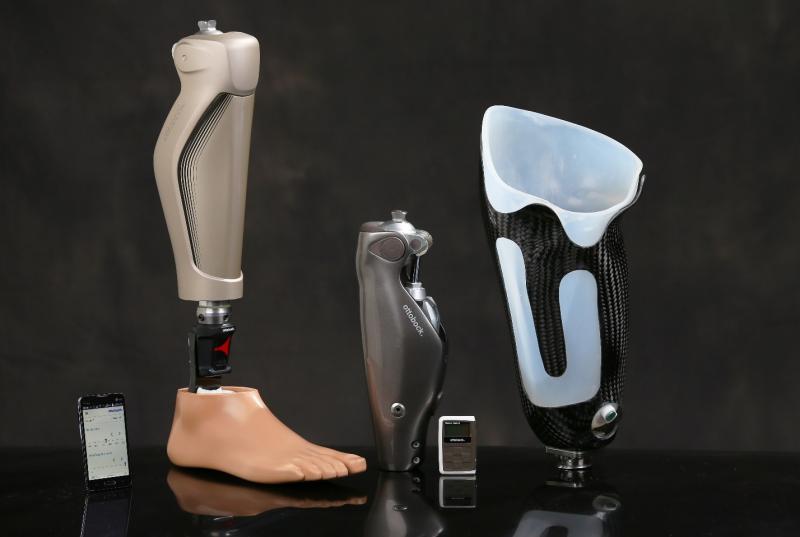Prosthetic legs have come a long way since their inception centuries ago. Over the years, significant advancements in technology, materials, and design have revolutionized the field of prosthetics, allowing amputees to regain mobility, independence, and an improved quality of life. In this article, we will explore some of the most notable advancements that have contributed to enhancing mobility and quality of life for amputees.
- Bionic Prosthetics: The Rise of Smart Artificial Limbs
One of the most groundbreaking advancements in prosthetic legs is the development of bionic limbs. Bionic prosthetics use advanced sensors and microprocessors to mimic natural movement. These devices can adapt to the user's gait and adjust the level of support and resistance as needed, providing a more natural and fluid walking experience. The integration of robotics and artificial intelligence in bionic limbs has significantly improved the functionality and usability of prosthetic legs, making them more intuitive and responsive to the user's movements.
- Osseointegration: A Direct Link to the Skeleton
Osseointegration is a surgical procedure that involves anchoring the prosthetic leg directly to the bone. By creating a secure connection with the residual limb, osseointegration eliminates the need for traditional socket-based prosthetics. This breakthrough advancement not only enhances stability and comfort but also allows for a more efficient transfer of weight and improved proprioception. As a result, amputees experience a heightened sense of control and a greater range of motion, enabling them to engage in various physical activities with ease.
- 3D Printing Technology: Customization and Affordability
The advent of 3D printing has revolutionized the world of prosthetics by enabling the production of customized, cost-effective, and lightweight prosthetic limbs. With 3D scanning technology, prosthetists can create a detailed digital model of the residual limb, ensuring a perfect fit for each individual. This level of customization not only enhances comfort but also optimizes the performance of the prosthetic leg, allowing users to move more naturally and confidently.
- Mind-Controlled Prosthetics: A Leap into the Future
In recent years, the development of mind-controlled prosthetics has opened up new possibilities for amputees. By integrating neural interfaces and brain-machine interfaces (BMIs), researchers have enabled amputees to control their prosthetic limbs using their thoughts. This incredible advancement empowers users with a seamless connection between the brain and the artificial limb, making movements more intuitive and effortless. While still in its early stages, this technology holds immense promise for transforming the lives of amputees in the future.
- Enhanced Materials: Lightweight and Durable Solutions
Traditional prosthetic legs were often heavy and limited in their durability. However, advancements in materials science have introduced lightweight and robust materials such as carbon fiber, titanium, and advanced composites. These materials not only reduce the weight of the prosthetic limb, making it more comfortable to wear, but also increase its strength and longevity. Consequently, amputees can now enjoy a more active lifestyle without the fear of damaging their prosthetic legs.
- Improved Cosmesis: Realistic Appearance and Customization
Apart from functional improvements, advancements in cosmesis have also contributed to enhancing the overall quality of life for amputees. Modern prosthetic legs are designed to replicate the natural appearance of a human limb, with customizable skin tones, textures, and even the replication of natural hair patterns. This attention to aesthetics not only boosts the user's confidence but also helps them feel more socially integrated and accepted in their daily lives.
In conclusion, the advancements in prosthetic legs have made a significant impact on the lives of amputees worldwide. From bionic limbs and osseointegration to mind-controlled prosthetics and 3D printing technology, these innovations have contributed to enhancing mobility, comfort, and overall quality of life for individuals with limb loss. As technology continues to advance, the future holds even more promise for further transforming the field of prosthetics and empowering amputees to lead fulfilling and active lives.
